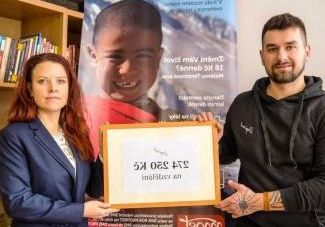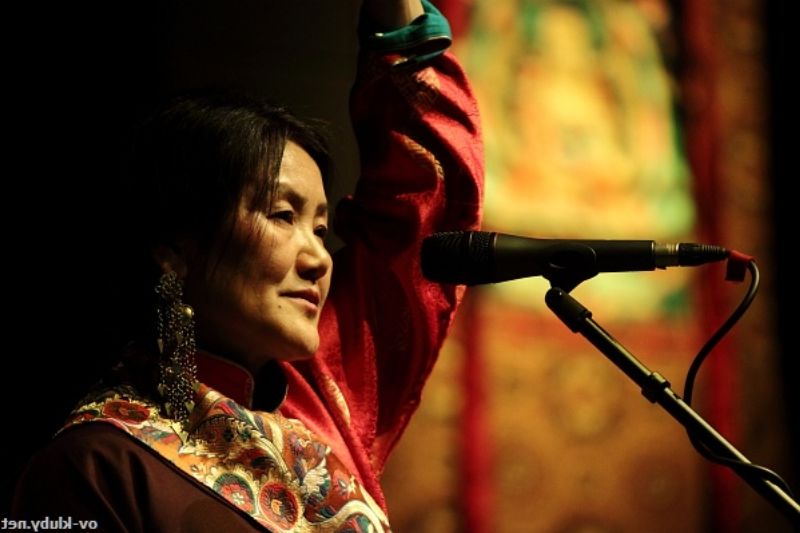The Pin Valley is much cooler and higher than the Spiti Valley, which we have already visited several times. The region is very remote, with no signal near the Tibetan border. It is not under the jurisdiction of the Tibetan government-in-exile. Roads are of very poor quality, medical and other infrastructure is far away.
We discovered the Pin Monastery in 2016, we found that there is a large group of nuns, but they have no financial support for operation and education. Only for slowly progressing construction works subsidized by the Indian government under the “Cultural Heritage Preservation” program.
Girls come here and start studying at a later age, for example even at the age of eighteen. There are 30-40 of them living in the monastery. In general, the study begins with knowledge of writing and grammar, followed by Buddhist rituals, and after seven years the study of Buddhist philosophy continues. However, the girls in “Chomo Gompa” have been studying basic rituals for several years, the conditions for Buddhist philosophy have not been good yet (the teachers are absent and the girls’ previous education has not been consolidated). There were teachers present during our visits, but a different one every year, salaries were low, and no one qualified was interested in teaching girls in the convent school. The development of education was therefore very gradual.
We had a comparison with the Kowang Monastery, which we support, where the girls are already independently providing for the monastery, they have the basics of English, they are not so shy, but on the contrary, they are self-confident and creative. The Pin Valley girls probably had mixed feelings about our presence. They were happy that someone came to visit them and felt great gratitude that someone cared about them, and at the same time shyness and shame that they could not communicate and tell what was on their hearts. Too much modesty also prevented us from finding out what they really needed.
The nuns’ creativity in correspondence is still very basic, they can imagine, but the concept of exchange and sharing is still a bit foreign to them. It is a bit problematic for us to interfere with the process of writing letters. I think the girls don’t really know what to write in the letter, so they write general information. Their daily life is routine and monotonous. Contrary to expectations, they often have no need to assert themselves or share their personal observations. There is very little sense of individualism here. Compared to our way of life, they have very minimal possibilities for distraction and further development. Their diet is barley tsampa or rice with lentils.
Thanks to a subsidy from the Indian government, they managed to buy a reliable vehicle a few years ago, so they can drive to the capital city, which is 2 hours away, to buy supplies or buy heating. They used to transport supplies by bus and drag them up the hill. They can also go out for medical help in an emergency, which is great. The nuns from Pin would like to create a library and book collection in their monastery. They have nicely arranged sanitary facilities, finished private rooms, and the monastery has the basic infrastructure ready in terms of construction.
Since there is no signal in the area, communication with this monastery is more difficult because the head nun also did not speak English. We have been communicating with an Indian English teacher for the last year. Thanks to her, it was also possible to carry out an incredible process – financial support for the kidney transplant of one of the nuns. Thank you to the donors who contributed to the project.
Related news
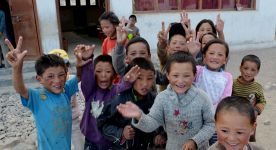 23. 1. 2022
23. 1. 2022 What have we achieved together in 2021?
In 2021, we together managed to provide CZK 6,393,421 to help poor Tibetans. Where did this beautiful sum bring joy?
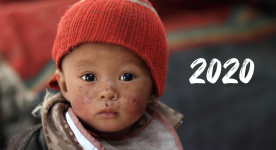 19. 1. 2021
19. 1. 2021 What have we achieved together in 2020?
Dear friends, allow us to thank all of you from the bottom of our hearts who joined with our projects and supported Tibetans and Tibetan culture in 2020.
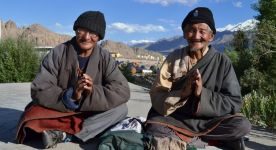 23. 1. 2020
23. 1. 2020 What have we achieved together in 2019?
Together we have managed to provide CZK 4,584,064 to help poor Tibetans. Where did this beautiful sum bring joy?

